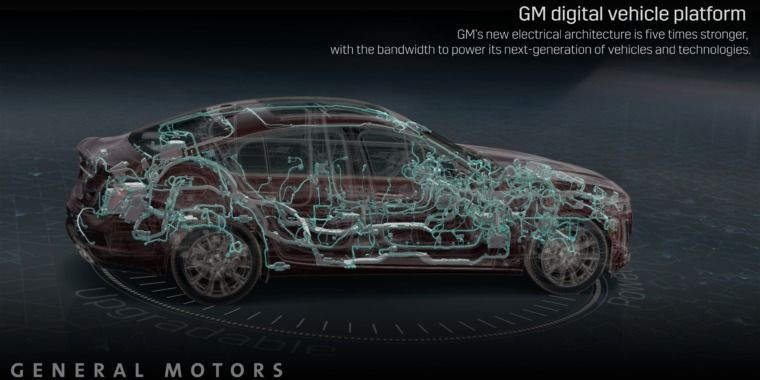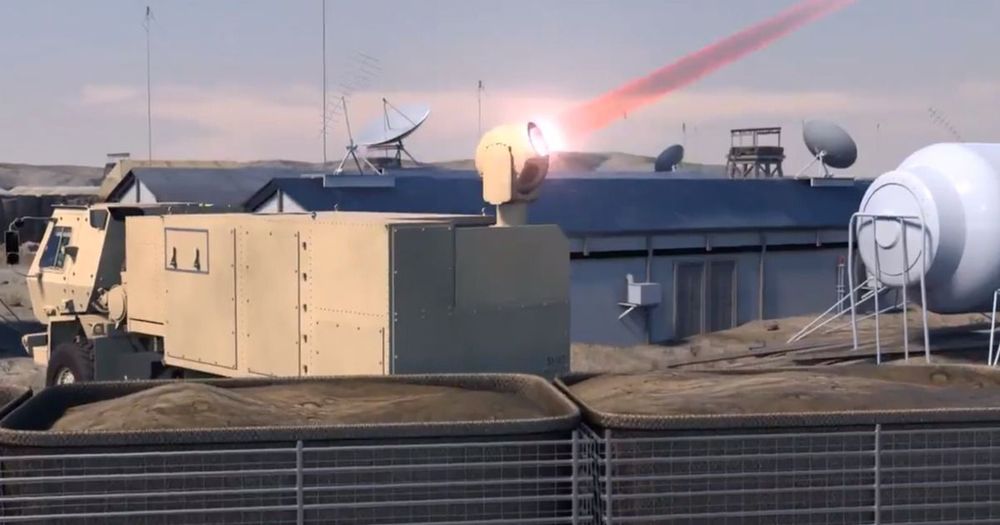May 21, 2019
Watch a Daring Fellow Fly an Iron Man-Style Jet Suit
Posted by Quinn Sena in category: futurism
Being an entrepreneur means being willing to take some risks. But Richard Browning doesn’t just put money on the line for his company — he risks his own life.
In 2017, Browning founded Gravity Industries. And since then, he’s served as the chief test pilot for the company’s flagship product, an Iron Man-style jet suit.
In a newly released video, Browning dons the latest version of the suit to fly over a lush green landscape — demonstrating how a concept once relegated to sci-fi is now an incredible reality.
Continue reading “Watch a Daring Fellow Fly an Iron Man-Style Jet Suit” »

















